
Ashley would be exploited, abused and, ultimately, abandoned by people who said they cared about her. And her invisible wounds would persist for decades.

Ashley would be exploited, abused and, ultimately, abandoned by people who said they cared about her. And her invisible wounds would persist for decades.
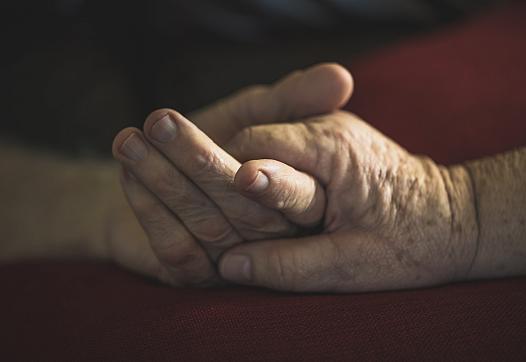
Author and physician Sunita Puri talks to journalist Fran Smith about why journalists should be telling these stories — and how they can do so in a more thoughtful way.

This story is part of a series called In Recovery, about opioid addiction and treatment in the San Joaquin Valley.

A questionnaire helped a reporter find more than a dozen Louisville residents of different neighborhoods and backgrounds who all faced similar problems.

The data showed that drug and behavioral health treatments are among the greatest needs in the community with the least available services in the Coachella Valley.
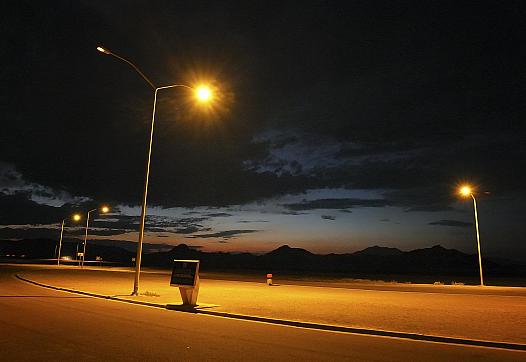
Child neglect is closely tied to poverty. By focusing on individual families accused of mistreating their kids, are we letting society off the hook?
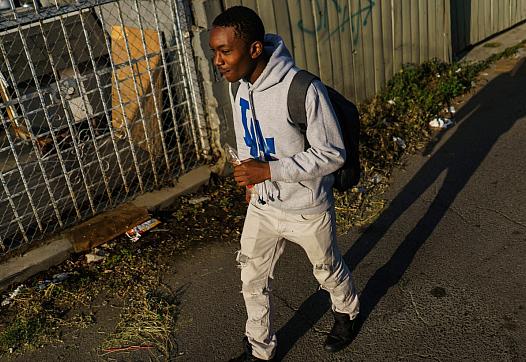
A Los Angeles Times reporter spent a year reporting on the high schools in LA County surrounded by the highest number of homicides. Here's what she learned about reporting on trauma.
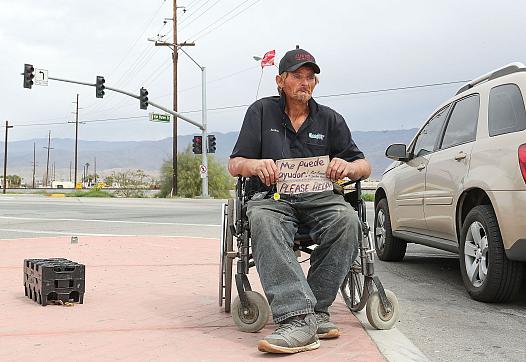
The Desert Sun surveyed 200 people experiencing homelessness in the Coachella Valley about health needs and access to health care.
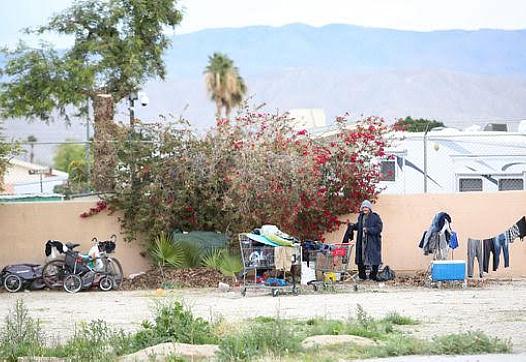
This story was produced as part of a larger project led by Nicole Hayden, a participant in the USC Center for Health Journalism's 2019 Data Fellowship....
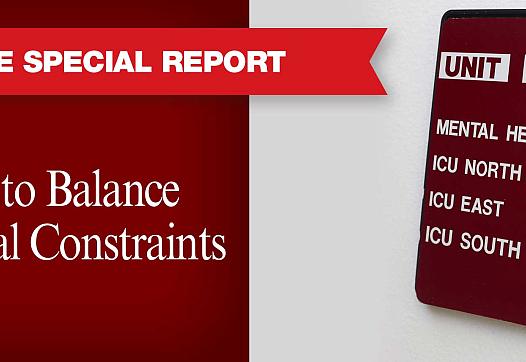
Making behavioral health pencil out has become a greater challenge for San Diego hospitals like Scripps, Sharp HealthCare, Palomar Health and UC San Diego Health.